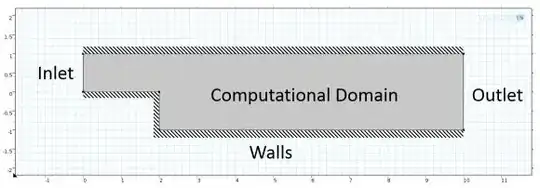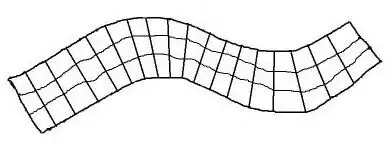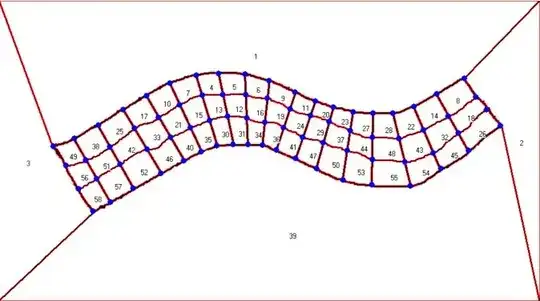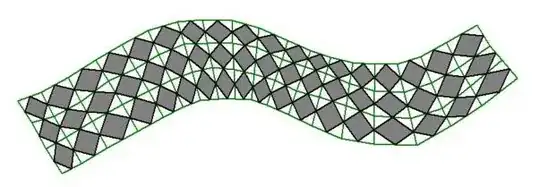Mr YouMath. You have understood me. Han de Bruin, you have not.
Boundary conditions are side conditions that have to be added to the governing equations in order to achieve a well-posed problem.For simple examples like Laplaces equation you can make a list of suitable boundary conditions, Dirichlet, Neumann, Robin. Such a list will appear in a basic textbook, but it will not be comprehensive. I can propose the problem of finding the shape, subject to some constraints, that gives a desired pressure distribution. This is a very interesting and valid problem (quite possibly well-posed) that a basic math book will ignore.
Before asking a computer to solve my problem, I SHOULD ensure that the problem is well-posed. in SOME sense. What is the poor brute supposed to do if no solution exists, or if more that one solution exists? If the problem is not well-posed you cannot hope for any solution, but unless it is well-posed in the sense that you intend, any answer that is returned will not be to your question.
In practice, naive users do not realise this and, most commonly, those that do may not have access to all of the information that they need. Han, you acknowledge this by saying that "If there is no reason to assume otherwise, then a uniform velocity field may be imposed." This is prescisely what I meant, although I plead guilty to hyperbole when I said that no boundary condition would be preferable to any other. In principle I stand by that, but in practice of course some conditions will give solutions that are kind of plausible, and others will not. Perhaps these calculations are being done by a design engineer who hopes that the inflow WILL be uniform. But if it isn't, is that due to events before or after the entry?
Numerically, we should distinguish boundary conditions and boundary procedures. Boundary conditions are what you want to impose. They do not always exist (radiation conditions to be imposed at finite distance in more than one dimension) and if they do exist you may not have excess to everything you need. Boundary procedures are the numerical things you have to do to impose the boundary conditions. These almost always DO
depend on the algorithm being employed away from the boundary, and you have seen that these are some sometimes quite complicated. This is what the code designers know and you don't.
Han, give the code designers credit for knowing some elementary facts. For example, they know that it makes no sense to give the computer an ill-posed problem. It is the responsibility of the user never to create such a situation, but as we see from this question, users are not always so sophisticated. Almost inevitably, bad questions will be posed. For the wave equation, there is a theorem that there is no boundary condition that can be applied at a finite distance to enforce a radiation condition at infinity. But that is exactly what anyone interested in external flows would want, even though they know it is impossible. (Infinity is a tricky concept in numerical work.)
The code designer knows that this question will be asked, and will try their best to ensure that the code nevertheless returns a fairly decent answer. They will then make certain recommendations, for example, the distance that inlet/outlet ports should be from the main action, whether the code can actually accept a specified flow direction or a zero vorticity condition. I dont know these things and neither do you.
Mr YouMath. You suggest that a correct boundary condition would prevent any external sources from having any effect. To some extent this is true, and it is called a radiation condition. It ammounts to an assertion that nothing of interest is happening in the rest of the universe (sometimes true). It is easily imposed in one-dimensional flow for hyperbolic problems (which is what I know about). If $\ell_k, k=1..K$ are the left eigenvectors of the incoming waves then $\partial_t\mathbf u\cdot\ell_k\equiv0,\forall k$. This is commonly used as an approximation in higher dimensions, and success usually depends on being far enough away from where the waves originate (see remark above). I realise that the question is actually about the Navier-Stokes equations, and so the relevance of my observations depends on the Reynolds number. So the complexities continue!
I fact numerical boundary condition are a very delicate aspect of CFD, and the question cited by the the OP seems not to recognise this. We are never told what question we want the answer to. He has every right to be confused, and in his position I WOULD call the help desk. They will do their best to be reassuring and they will probably be very helpful. But CORRECT boundary conditions do not exist, because we are not told what would make them correct.





